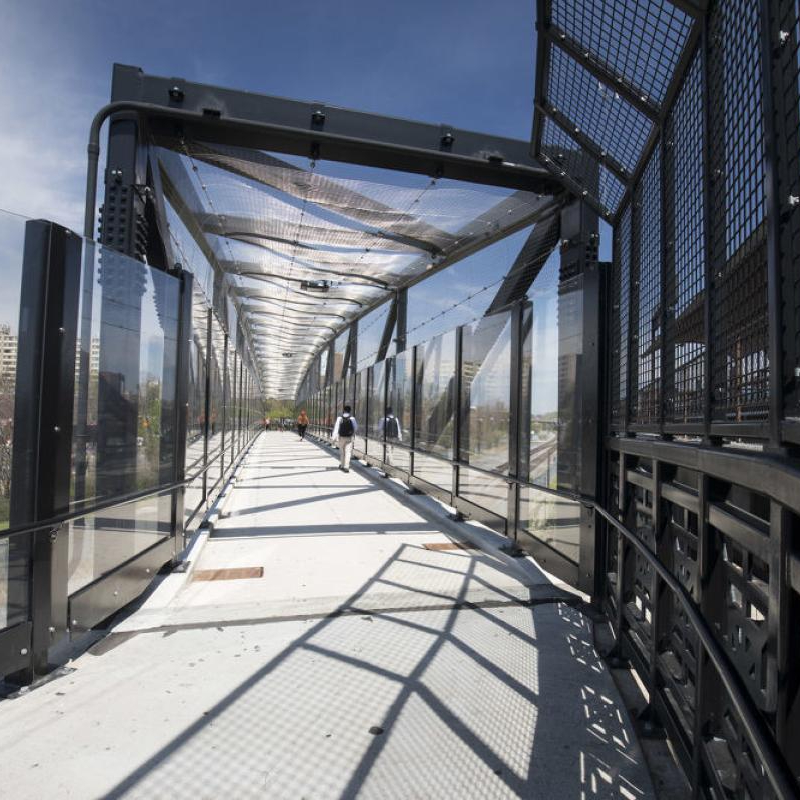Understanding Grounding for Temporary Electric Fences
Temporary electric fences are widely utilized in various applications, such as agriculture, livestock management, and even for recreational purposes like camping. These fences provide an effective means of containing animals and protecting crops, but the safety and functionality of an electric fence heavily rely on proper grounding techniques. In this article, we will explore the significance of grounding in temporary electric fences and provide guidelines for effective installation.
What is Grounding?
Grounding refers to the process of establishing a conductive connection with the earth to disperse electrical energy safely. In the context of electric fences, grounding serves as a crucial component for the system to function correctly. When an animal or person completes the circuit by touching the fence, the flow of electricity is directed to the ground, creating a shock that acts as a deterrent. Without proper grounding, the electric fence may fail to deliver the intended shock, thereby diminishing its effectiveness and posing safety risks.
Importance of Proper Grounding
1. Safety Proper grounding ensures that any excess voltage is safely dissipated into the earth. This is particularly important to prevent electrical hazards that could harm livestock, humans, or equipment.
2. Functionality An electric fence must have a reliable electrical circuit to deliver an effective shock. Grounding enhances the flow of electricity and improves the overall performance of the fence. A well-grounded system allows for a robust voltage reading on the fence line, ensuring it remains an effective deterrent.
3. Equipment Protection Grounding helps protect energizers and other equipment from electrical surges and lightning strikes, which can cause damage. A good grounding system can mitigate these risks significantly.
grounding temporary electric fence

How to Ground a Temporary Electric Fence
1. Select Grounding Rods The use of galvanized steel or copper grounding rods is recommended. Typically, rods should be at least 5 to 6 feet long and be driven deep into the ground to ensure a good connection.
2. Placement of Ground Rods Install grounding rods close to the electric fence energizer to minimize the length of wire needed. Ideally, rods should be positioned at least 10 feet apart to enhance effectiveness.
3. Connections Connect the grounding wires to the energizer and to each grounding rod securely. Use clamps and connectors appropriate for the size of the wire and rods to ensure a solid, conductive connection.
4. Soil Condition Consideration Different soil types affect grounding efficacy. Moist, conductive soils work better than dry, sandy ones. If you suspect that your soil might be less conductive, consider adding additional grounding rods or using multiple rods in parallel.
5. Regular Checks After installation, regularly check the grounding connections and the condition of the grounding rods. Corrosion or loose connections can diminish the effectiveness of the grounding system, so routine maintenance is essential.
Conclusion
Grounding is a critical aspect of installing and maintaining a temporary electric fence. By ensuring a reliable grounding system, you can enhance the safety, functionality, and longevity of your electric fence. Whether you are using an electric fence for livestock management or for other purposes, proper grounding will help ensure that the system is effective and safe. Remember, a well-grounded electric fence not only protects your assets but also provides peace of mind for you and your livestock.
-
Why Galvanized Trench Cover Steel Grating Resists Corrosion
NewsJul.10,2025
-
The Versatility and Strength of Stainless Expanded Metal Mesh
NewsJul.10,2025
-
Load Calculations in Steel Grating Platforms
NewsJul.10,2025
-
Keeping Pets and Kids Safe with Chicken Wire Deck Railing
NewsJul.10,2025
-
Hole Diameter and Pitch for Round Perforated Metal Sheets
NewsJul.10,2025
-
Aluminium Diamond Mesh in Modern Architecture
NewsJul.10,2025
Subscribe now!
Stay up to date with the latest on Fry Steeland industry news.

